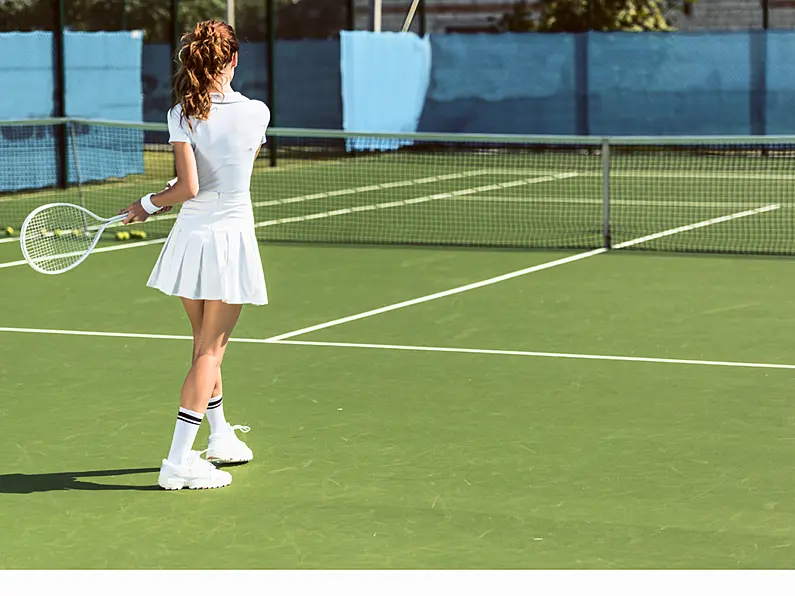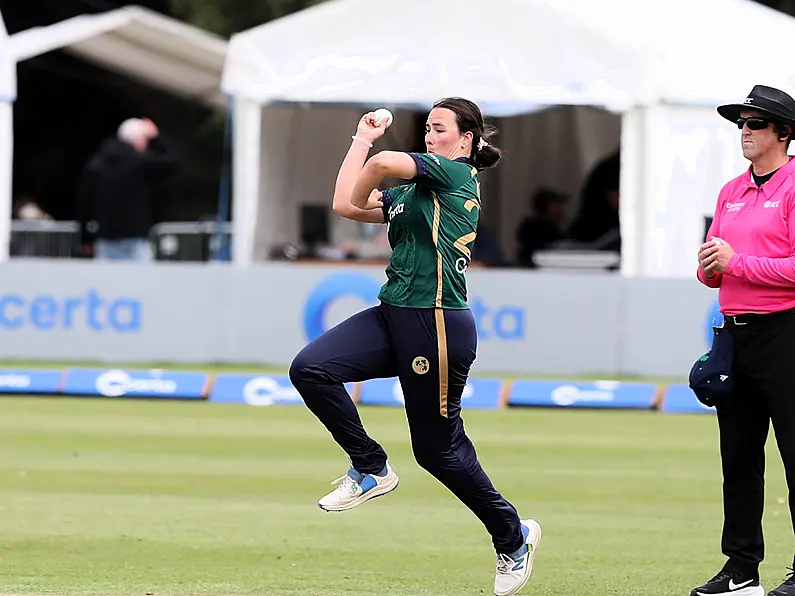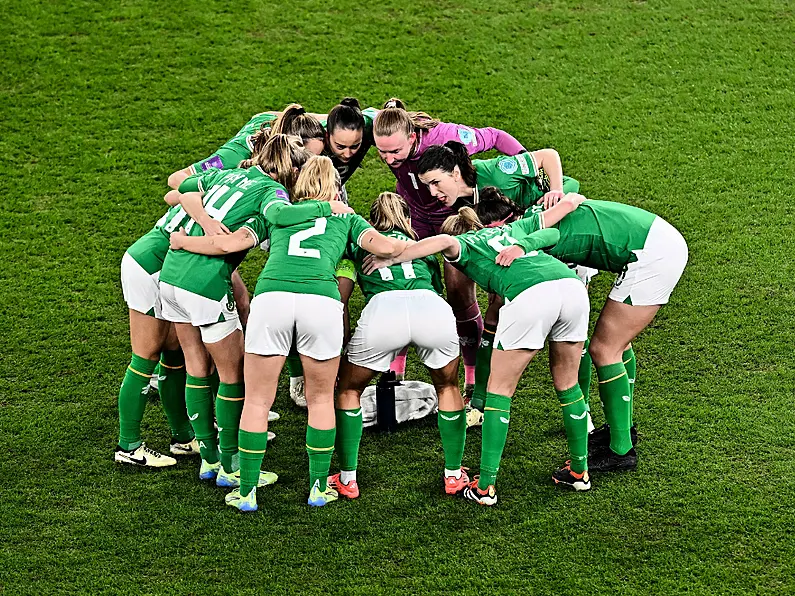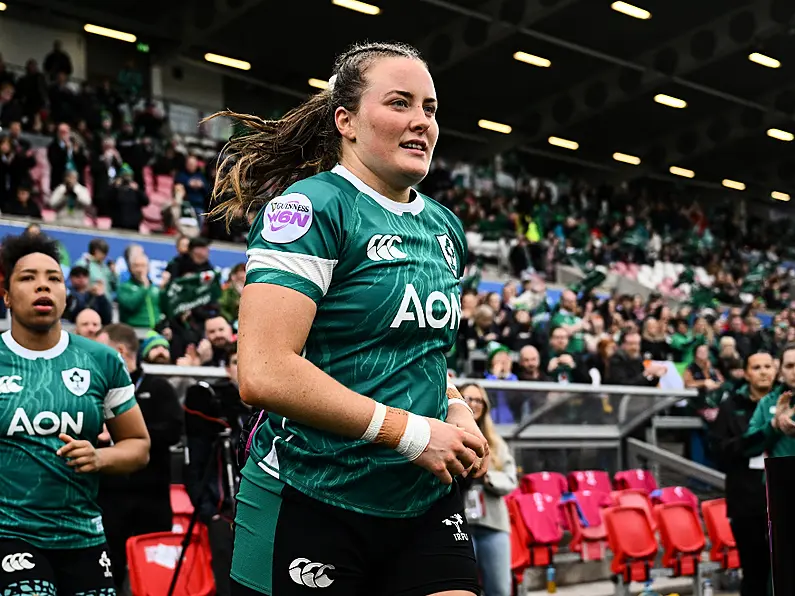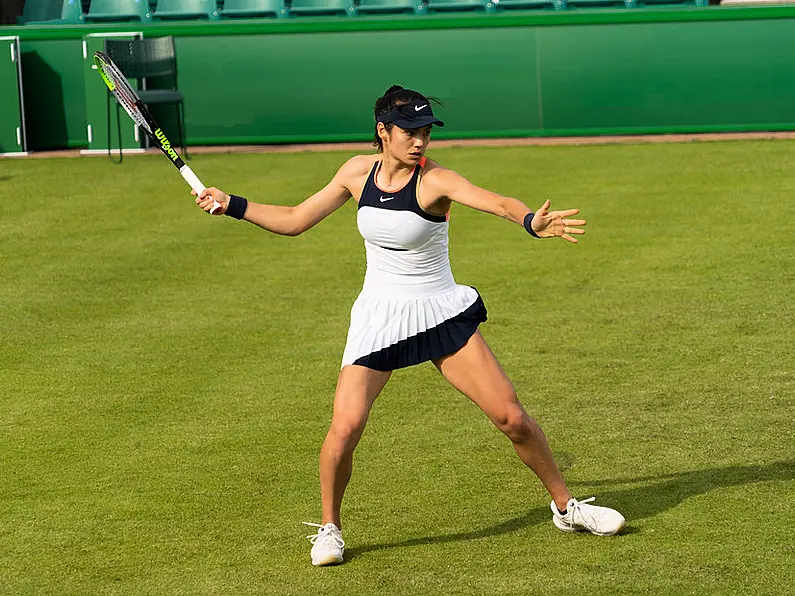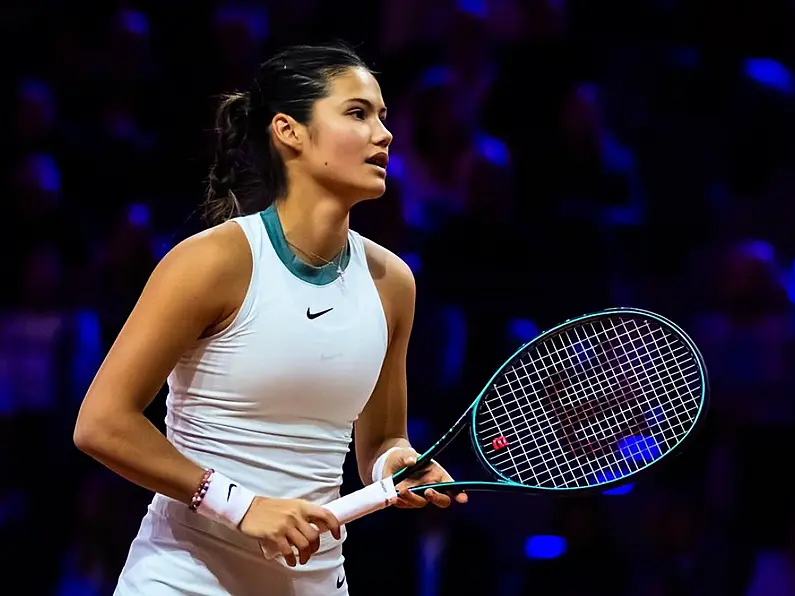Once again, the topic of women’s dress code in sport has been brought to the surface as athletes and reporters criticise Wimbledon, the oldest tennis tournament in the world, for requiring women to wear white clothing.
This comes out of concern for menstruating athletes as the fear of leaking or bleeding through clothing can cause anxiety and embarrassment. Qinwen Zheng spoke about competing while on her period in the Tennis Podcast, and this sparked a discussion.
Qinwen Zheng won a 7-6, 1 hour 25 minute set against Iga Swiatek yesterday, and then lost the second 0-6.
Zheng had her leg strapped, yes, but she said there was something else happening that had more of a debilitating impact - her period.
This is must-listen from Catherine. pic.twitter.com/pGSmhPKz3J— The Tennis Podcast (@TennisPodcast) May 31, 2022
The fear of bleeding through during a life-altering competition is an unnecessary one since a simple change can be made to the policy to make the competition more inclusive to menstruating athletes.
There is already an immense amount of stigma and shame surrounding periods. The fear of publicly bleeding during a tournament is valid. The justification behind the dress code is not.
Definitely something that affects female athletes! Finally bringing it to everyone’s attention! Not to mention the mental stress of having to wear all white at Wimbledon and praying not to have your period during those two weeks. https://t.co/PzyHnPlSJk
— Monica Puig (@MonicaAce93) May 31, 2022
According to My London News, the original sentiment behind women wearing white athlete gear was because showing sweat was considered “improper.”
Wimbledon is not the only event or organisation behind the times.
Last year Norway women’s handball team protested the Olympic dress code and was fined for doing so. The Handball Federation has since updated its rules, starting on Jan. 1 of this year women are allowed to wear “body fit tank tops” and “short tight pants with a close fit.”
However, this was an isolated update. Several other women’s sports federations continue to enforce arguably sexist and outdated dress codes for their female athletes.
Not only does this foster inclusivity, it also further encourages the sexualization of female athletes.
What is interesting is that the requirements for women's athletic wear has changed significantly. When women were first allowed to compete in the Paris Olympics in 1900, they were completely covered for modesty purposes.
What hasn’t changed since the 1900s, is the predominantly male boards making decisions about women’s clothing.
